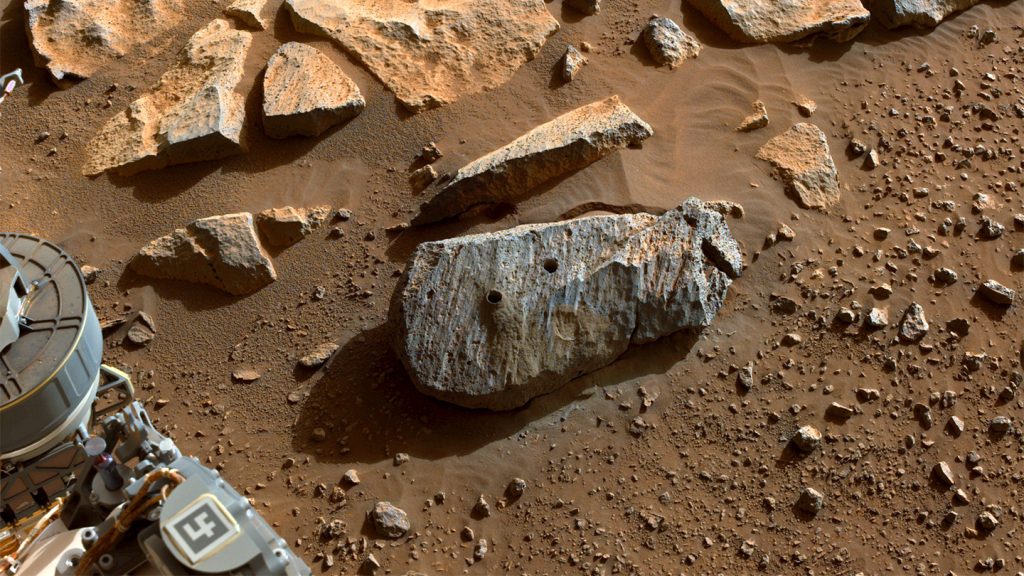The dreams of further space exploration have taken a hit due to budget cuts in NASA, with the agency having $500 million less than the previous year. The Mars Sample Return mission, intended to bring back samples from the Red Planet, is among the programs affected, with budget reductions potentially delaying or altering the mission. The venerable Chandra X-ray Observatory, a crucial tool for studying energetic phenomena in the universe, is also at risk of being cut. Engineers are working to figure out how to handle the financial constraints and meet their objectives with the reduced funding.
NASA’s budget for 2024 has experienced a 2% cut compared to the previous year and is significantly lower than the requested funding. This budget cut is the largest since 1992, leaving a gap of over $500 million that NASA needs to address. Nicola Fox, NASA’s associate administrator for science, acknowledged the challenges and vowed to make the most of the available funding for scientific research. The Mars Sample Return mission faces the biggest cuts, which could impact the overall plans and timeline for the mission, putting it on hold as NASA reassesses its viability with the reduced budget.
The delay in the Mars Sample Return mission has also affected other planetary missions, such as those intending to explore Uranus, Venus, comets, or moons like Enceladus. These delays could result in setbacks for understanding the formation and dynamics of other planets and their moons in our solar system. However, projects like Europa Clipper and Dragonfly are still receiving the necessary funding, ensuring that some missions can move forward despite the financial constraints. The Artemis program, aimed at landing humans on the moon again, saw a small funding increase, suggesting that the momentum for future missions is still strong.
The flat or reduced budgets in other divisions of NASA, such as Earth science, biological and physical sciences, and heliophysics, indicate an overall struggle to secure funding for scientific research. The agency is conducting reviews of flagship telescopes like the Hubble Space Telescope and the Chandra X-ray Observatory to assess their future viability in light of the budget cuts. NASA aims to prioritize funding for future projects like the Nancy Grace Roman Space Telescope and the Laser Interferometer Space Antenna, which are set to launch in the coming years to further scientific exploration.
While the future of the Chandra X-ray Observatory remains uncertain, with officials considering winding down the mission to allocate funds for newer projects, the fate of the telescope will be determined soon. The priority for NASA is to balance current budget limitations with the need to advance scientific research and exploration in space. Despite the challenges posed by budget cuts, the agency remains committed to utilizing every available resource to continue great scientific advancements and missions in the field of space exploration.















